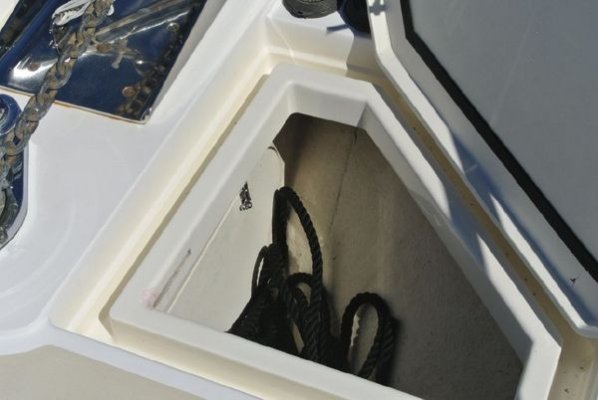Codger2
Guru
- Joined
- Oct 11, 2007
- Messages
- 6,691
- Location
- US
- Vessel Name
- Circuit Breaker
- Vessel Make
- 2021..22' Duffy Cuddy cabin
Sounds like a great idea! keep us posted if you decide to pursue it!Keep thinking about an inexpensive pressure washer. The water flow is a lot less, but the pressure would be spectacular. Pretty sure it would run off the inveter. Hmmm...

